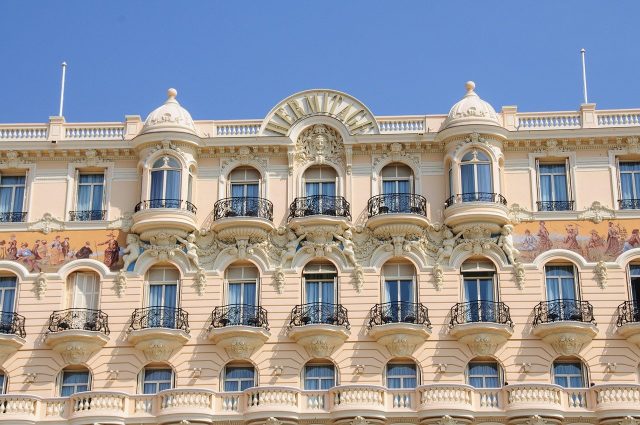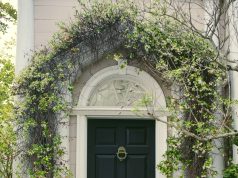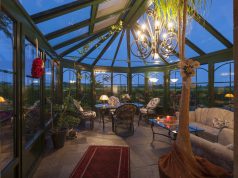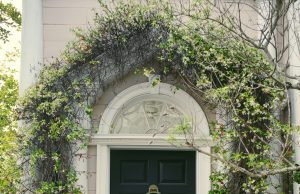
Monaco, the little but very famous country found in the Western part of Europe is the perfect example of ”Good things come in small packages”. The luxurious style has a close connection with the local architecture, which is known to be diverse and opulent. There are many ways in which it was influenced, and this can be seen through many staple local buildings.
Factors of Influence
Belle Époque or French Influence
In translation, ”Belle Époque” means ”Beautiful Age”, a time period between 1871 and 1914 that has influenced many buildings in Monaco, including the Monte-Carlo Casino. Here, the fans of online slots can display their craftsmanship in real life, surrounded by the most beautiful and classic influences. In the ”Salle Blanche” room, tourists can admire the three famous figures from this era: Cloe de Merode, Liane de Pougy and Belle Otero. The Belle Époque style has its roots in Art Nouveau, where the main characteristics are natural forms and structures, flowers, plants, all brought together by curved lines. The main focus is creating harmony between man made structures and the natural environment.
Medieval Influence
Many historically and culturally significant architectural structures in Monaco date back to medieval times. In the capital of the country, Monaco-Ville, there are still remains of the fortress built by The Geonese, that was meant to protect the city, no matter the circumstances. One good example in this case is the Prince’s Palace, which was built in 1191 and was part of the fortress.
Geographical Influence
A very important factor when it comes to a place’s architecture is its geographical location. This is simply because you need to adapt the buildings to the conditions. In the case of Monaco, a small country located on cliffs, many buildings are high-risers, as expanding them horizontally is not really an option.
The Prince’s Palace
As we mentioned before, this is part of the fortress of Monaco-Ville and was built by The Geonese. An impressive structure found in Monaco’s Old Town, it was captured by the Grimaldi family and became their home. The features that point to the fortress origins are the beautiful towers and turrets.
Considering the fact that the Palace has held over seven centuries of uninterrupted sovereignty, the architecture has become an interesting mix between medieval and modern features. The most notable sections of the Palace include: the York Room, the Throne Room, and the State Apartments, which are open for the public in some parts of the year and house frescoes from the 16th century. They are a beautiful decorating element for the Mazarin Salon.
This historic place is now home to the Sovereign Prince of Monaco, Prince Albert II.
The Monte-Carlo Casino and Opera
Built in 1865, this is the symbol of extravagance, found in the heart of Monte-Carlo. The man responsible for this piece of art is the French architect Gobineau de la Bretonnerie. He was commissioned by Prince Charles III of Monaco to turn the city into a point of interest for both usual tourists and wealthy foreigners. It seems like the Prince noticed the potential of the city at that time, as we can affirm today that Monaco is one of the most luxurious destinations, one of the reasons being Monte-Carlo itself. The Casino is known for its one-of-a-kind interiors, which include paintings, stone carvings, gilded ceilings and even stained-glass depictions of the history of the Grimaldi family. One of the main attractions in the rooms are the huge crystal chandeliers, each weighing over 150 kilograms.
In 1878, another French architect, Charles Garnier, was brought to Monte-Carlo to build the famous Opera. He had just recently finished the Paris Opera, this being the reason why we can see so many similarities between the two today. The Monte-Carlo Opera was raised up in just six months, through very hard work that kept going even through the night. Therefore, in 1879, the building was presented to the world and had immediate success.
In just twenty years, the two iconic buildings were frequented by all the world’s royals. The gaming rooms in the casino even had to be enlarged, together with the terraces and gardens, in order to be able to host so many people.
Monaco is a place that tells its own story through the architecture. It is also a great place for other stories to be told, which is why many movies have taken advantage of the beautiful scenery and used it as their set. In this case, we mention a few of the James Bond movies, like ”Forever and a Day”, ”Never Say Never Again” and ”GoldenEye”. Also, the ”Fast and Furious 5” found inspiration in the Monte Carlo Casino. This is just one of the many ways through which we see the importance of this beautiful piece of history, even today.













